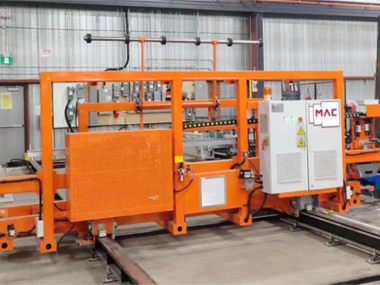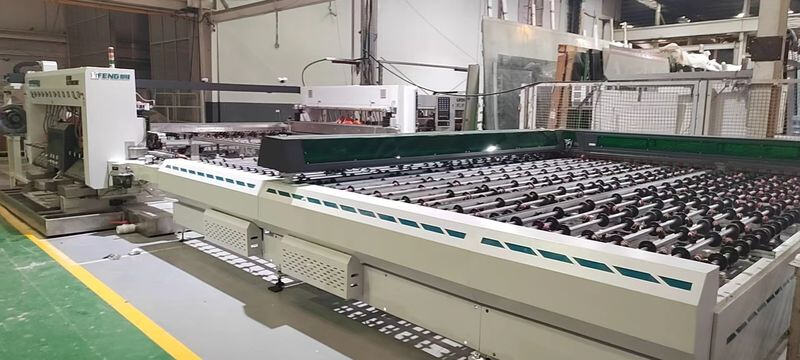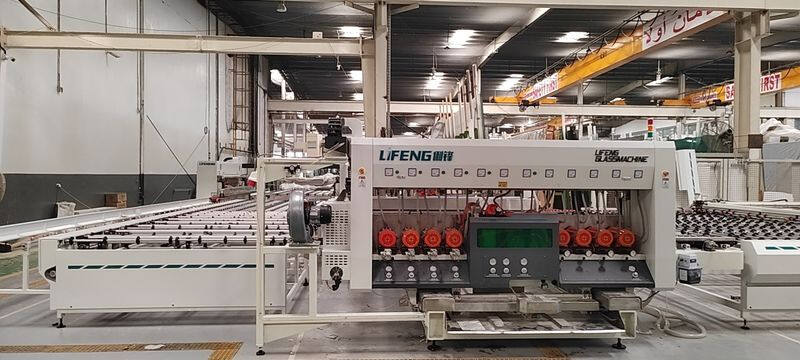automotive glass processing
Automotive glass processing represents a sophisticated manufacturing process that transforms raw glass materials into essential safety components for vehicles. This comprehensive process encompasses multiple stages, including cutting, shaping, tempering, and laminating glass to meet strict automotive industry standards. The technology utilizes advanced CNC machinery, automated cutting systems, and precision heating equipment to create windshields, side windows, and rear windows that provide both visibility and structural integrity. Modern automotive glass processing incorporates innovative features such as acoustic dampening layers, UV protection, and integrated heating elements. The process ensures that each piece of glass meets exact specifications for size, curvature, and safety requirements. These processed glass components are designed to withstand various environmental conditions while maintaining optical clarity and contributing to vehicle aerodynamics. The integration of smart technology allows for the incorporation of sensors, antennas, and heads-up display capabilities directly into the glass structure.


